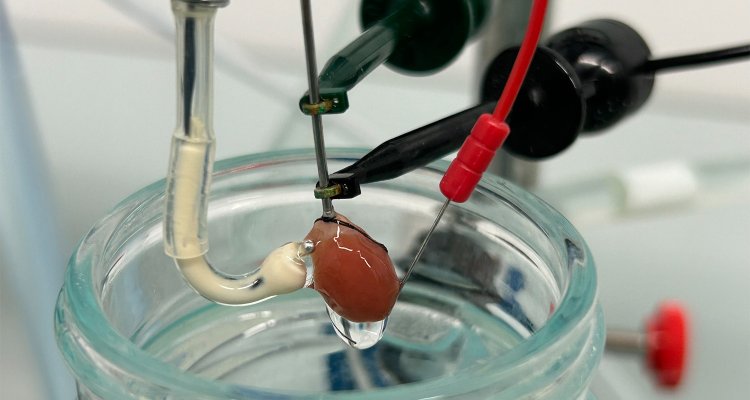
Project
NAD+ metabolism and NNT deficiency on atrial fibrillation during aging
This project is about the role of NAD+ metabolism and mitochondrial redox and energy homeostasis on aging-induced atrial fibrillation (AF). The main goals is to identify how the mitochondrial inner membrane protein nicotinamide nucleotide transhydrogenase (NNT) affects the cardiac arrhythmogenesis during aging via the potential underlying mechanisms of mitochondrial energy and redox imbalance. It is also urgent to know whether NAD+ , a vital regulator of mitochondrial energy & redox balance, and its precursors play protective roles in aging-induced AF.
Background
AF is one of the most common cardiac tachyarrhythmia in clinical practice. The prevalence of AF increases with ageing, which is one of the most common risk factors of AF. Both AF and ageing are associated with impaired mitochondrial function. In particular, a decrease in ATP levels and mitochondrial oxidative stress have been observed in experimental and clinical AF models. To explore the mechanisms of mitochondrial dysfunction in ageing-induced AF, we paid our attention on the mitochondrial enzyme NNT due to its important regulation on mitochondrial energy metabolism and redox homeostasis. Besides mitochondria, NAD+, as a coenzyme, plays central roles in energy and redox metabolism especially in cardiomyocytes. NAD+ depletion has been implicated in experimental AF and NAD+ replenishment was reported to preclude oxidative stress and protest against contractile dysfunction in AF. So, we hypothesise that NNT and NAD+ might be potential targets in ageing-induced AF.
Descriptions
In this project, we use ageing models, with or without the functional Nnt gene, to explore the role of NNT in AF inducibility and mitochondrial redox and energy metabolism in vitro, ex vivo and in vivo. In addition, we explore the potential protective role of NAD+ and its precursors supplementation in ageing-induce AF in cardiomyocytes and Drosophila melanogaster.